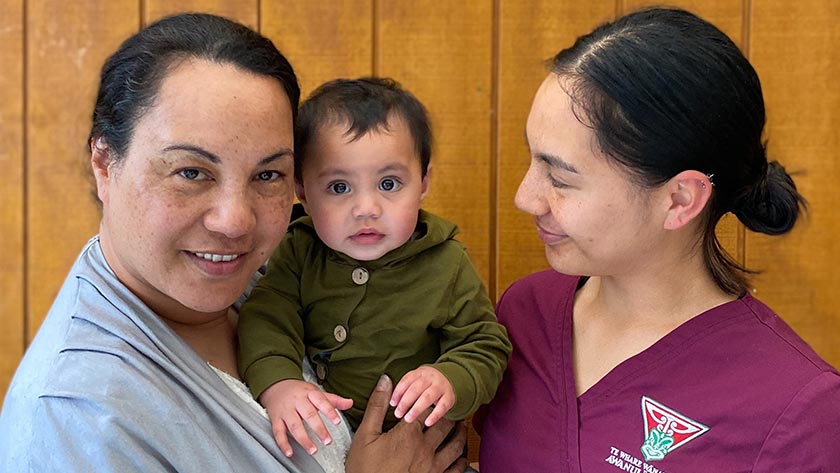“It is timely there is a strong focus on equity in Aotearoa, and the opportunity to foster meaningful relationships underpinned by te Tiriti o Waitangi,’ Hetaraka told Kai Tiaki Nursing New Zealand.
Hetaraka said “transformational change” needed bicultural leadership models, rather than a “lone Māori” nursing leader within a Western framework, expected to represent all Māori. Rather, te Tiriti o Waitangi principles needed to be embedded in health governance, nursing groups and regulatory authorities.
Shift in awareness
“There is a shift in awareness around doing what we have done before and expecting to get different results. We need an approach for all New Zealanders, especially those who experience inequitable outcomes,” Hetaraka said. “Māori should be part of the decision-making which is really difficult to do if this is not reflected at a governance level.”
Hetaraka is co-chair of the National Nurse Leaders group (NNL), which introduced a treaty relationship governance model with co-leadership last year. Nursing Executives New Zealand and the College of Nurses Aotearoa had also adopted co-leadership models. “Other organisations can influence equity through nursing by demonstrating that they’re actively working towards a partnership model.”
Being the country’s lead nurse provides a “strong” opportunity for her to take a broad lens. “Alongside increasing the number of Māori nurses, we need to be committed to achieving equitable health outcomes for Māori and other high-needs populations,” she said.
‘I would like to be able to influence and create change that ensures health outcomes are equitable for all New Zealanders in Aotearoa.’
Experience across the health system allowed her to take a wide approach to challenges. “I would like to be able to influence and create change that ensures health outcomes are equitable for all New Zealanders in Aotearoa.”
The national nursing strategy currently being developed by NNL was founded on the eight priority areas for action in the Ministry of Health’s Whakamaua: Māori Health Action Plan 2020-2025:
- Māori-Crown relationships
- Nursing leadership
- Nursing workforce
- Sector development
- Cross-sector action
- Quality and safety
- Insights and evidence
- Performance and accountability
This basis would ensure nursing in Aotearoa was on track to achieving “pae ora” healthy futures for Māori and all New Zealanders, she said.
Hetaraka intended to build relationships with directors of nursing, tertiary education providers and Māori and Pacific nursing leaders around the country, as well as support nurses in aged and primary health care.
She also wanted to increase the nurse practitioner (NP) and prescriber workforce. “For me, the NP and prescriber roles are enablers to address equity issues. They’re mobile, they’re already in communities with the highest needs, and they’re well distributed across the country.”
Director-general of health Ashley Bloomfield said Hetaraka showed “outstanding leadership” and the ability to build collaborative relationships and networks in the health and social sectors.
She had a strong clinical and academic background in nursing leadership, progressing from registered nurse to leadership roles in the National Hauora Coalition, primary health organisations, Auckland District Health Board and the University of Auckland, he said.
She would be “working with us to help improve equity for Māori and health outcomes for whānau around the motu”, as well as supporting the delivery of Whakamaua, Bloomfield said.
He thanked Pam Doole, who had been acting chief nursing officer since Margareth Broodkoorn resigned last year.
Hetaraka will leave her current role as chief executive of Te Arawa Whānau Ora – a collection of whānau ora providers in the Te Arawa/Bay of Plenty region – and take up the new role on March 15.




